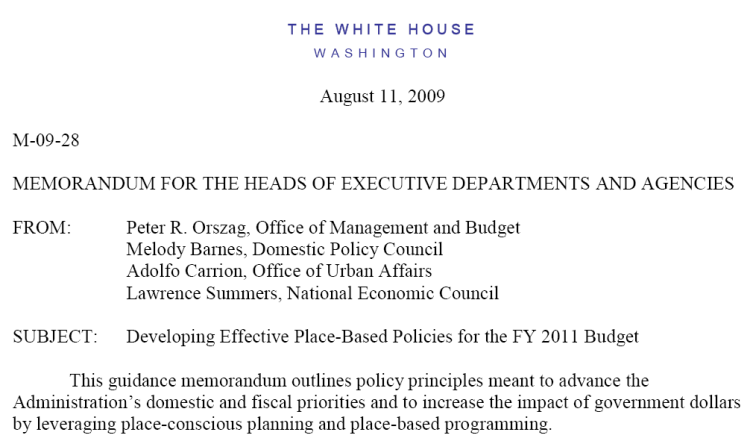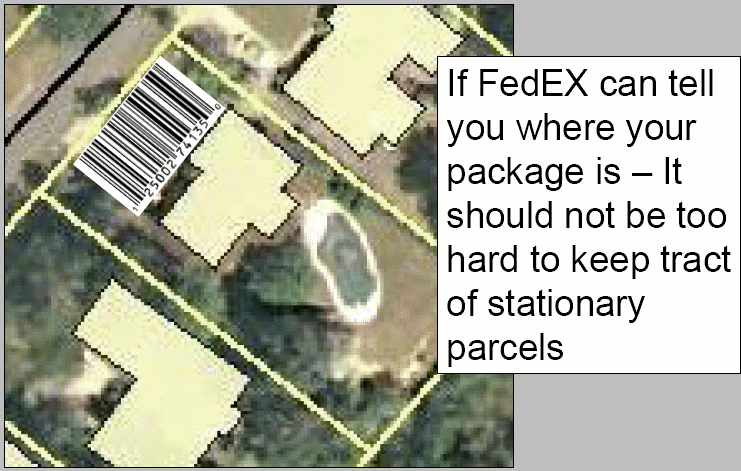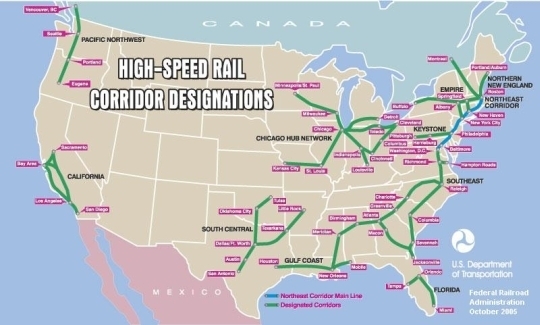 In the Fall, I was elected to the Council of the American Geographical Society, which is a cool organization with a very long history. It was founded in 1851 as the first scholarly organization in America dedicated to the study of geography. And, as you might expect from the era, they were heavily involved in mounting expeditions to the Poles, to the American West, and to exotic countries of which we (Americans) knew little. Expedition was a primary mode of geographical research.
In the Fall, I was elected to the Council of the American Geographical Society, which is a cool organization with a very long history. It was founded in 1851 as the first scholarly organization in America dedicated to the study of geography. And, as you might expect from the era, they were heavily involved in mounting expeditions to the Poles, to the American West, and to exotic countries of which we (Americans) knew little. Expedition was a primary mode of geographical research.
Well, the world has changed. In the 20th century, we saw the rise of satellite remote sensing and the establishment of a global positioning system that enabled precision geopositioning by surveyors, and at the beginning of the 21st century, anyone with a cell phone. Also, over this 160 years, the actual geography of the world has changed. While the continents have only moved centimeters, humans, human activity and the technologies we have unleashed have remade the geography of the world. And, this process of change will only accelerate in the future.
It is with this view on the world that the AGS has come to revive the role of expeditions. Yes, the AGS will continue to mount socalled “Bowman Expeditions” named after their former Director Isaiah Bowman, to work with local and indigenous populations to make sense of their world through participatory mapping. But in addition, AGS will now be exploring our future world as it convenes its Fall Symposium entitled Geography 2050: Mounting an Expedition to the Future.
This effort is not just a single event. The November 19th Symposium, hosted by Columbia University’s Earth Institute in the historic Low Library, will be the inaugural event of a multi-year strategic dialog about how our world will change between now and 2050, the major factors driving these trends, and the investments that we will need to make in order to better understand, anticipate, and weather this change.
The coolest thing is that this event is not just about sitting and listening to smart people (though, feel free to come, sit and listen!). Rather it is about engaging this process as a thinker yourself, and engaging Geography 2050 as a platform for participation. Come and speak up with your ideas and analysis. Perhaps you could take a lead in driving the debate and analysis about our changing world by participating in this inaugural event, and the many events that will flow from it. Perhaps you can help society navigate this uncertain future more effectively.
See you in NYC on November 19th! Register now!




